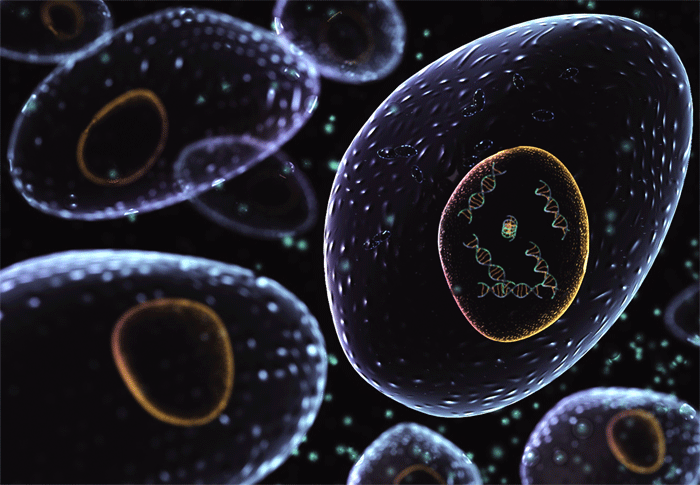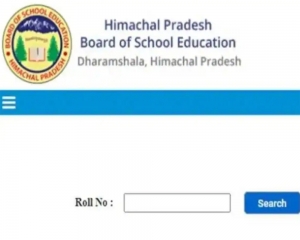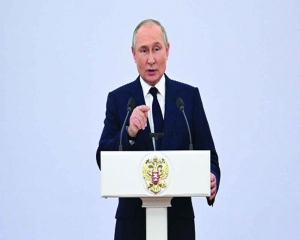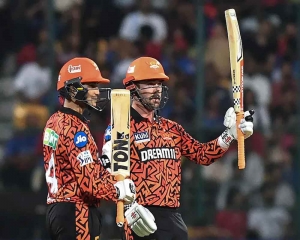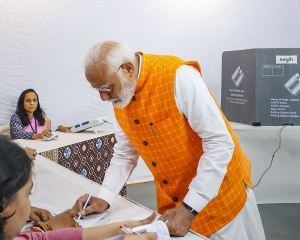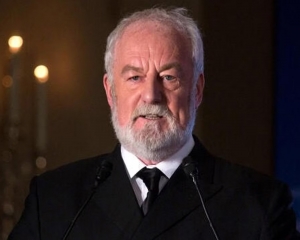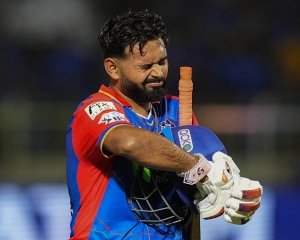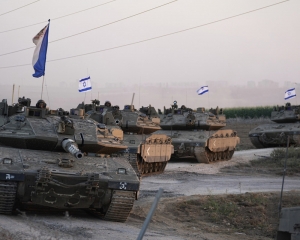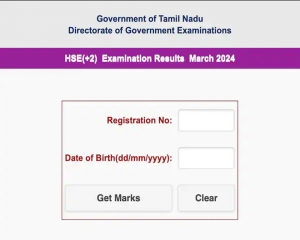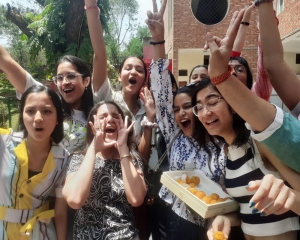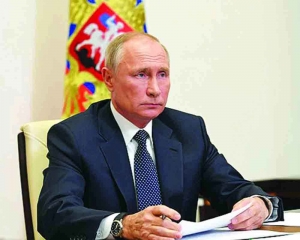A study implicated that the earliest man had arrived and expanded progeny in India before moving to Europe, the US or East Asia
Thousands of diverse local communities in India are indeed communities because the members are convinced that there is something unique shared with each other. What is it that is unique that they shareIJ They often say that they are connected by blood.
Almost 200 years ago the Swiss born natural historian louis Agassiz had invented the basis for every xenophobic explanation of why different communities have specific characteristics. He said that the three major human races — Whites, Asians, and Negroes as he liked to categorise them, had risen independently from separate ancestral lineages. Fortunately Agassiz’s argument was debunked by his fellow academic Charles Darwin almost immediately. Darwin instead suggested that all of humanity had cascaded out from a common ancestor in Africa. We are all one, in that sense.
Actually if we go far back, we share a common ancestry with every living thing on earth, including the bacteria and mushrooms. Moreover Darwin had spoken about apes, not modern men. Sixteen million years ago during the first exodus of apes out of Africa, the apes left for Southeast Asia to become the gibbons and the orangutans. The apes that stayed on in Africa evolved into the gorillas, the chimpanzees and us humans. What happened after thatIJ
About 60,000 years ago the ice age had locked up the world’s water. Africa connected to the Middle East which locked with Asia. China and Indonesia had become one land mass, and Australia was joined to New Guineau — the seven continents were one enormous mass of ice. The earliest humans left Africa by foot walking over the frozen lands, but we do not have any archeological evidence of their route.
The proof was found, quite dramatically, in our own blood. Genetic scientists discovered in the DNA of our blood the route taken by the earliest man out of Africa. My interest lies in India — do we all share one common originIJ If yes then what is the basis of our diverse ethnic communitiesIJ
To find answers, I made a trip to Madurai in Tamil Nadu last week. I had heard of the fascinating research led by professor of immunology, Ramaswamy Pitchappan, at the Madurai Kamraj university, who had sampled the DNA in the blood of over 11,000 Indians belonging to 91 tribes and 129 castes as part of The Genographic which was a formidable global collaborative study of the gene. The professor’s research deployed a holistic genetic epidemiology approach in his research to understand disease susceptibility, and as a corollary he had also traced India’s ancestral history. I arrived in Madurai on February 4, marked as World Cancer Day, that reminds us of mankind’s common fight against cancer. Cancer is a genetic disease that controls the way our cells function, especially how they grow and divide. Genetic changes that increase cancer risk can be inherited from parents or acquired during one’s lifetime.
DNA is in our blood and all other cells coordinating our life processes, strung together in pairs of 46 chromosomes in an incredibly long sequence. If laid out, the DNA of a person stretches to the moon and back 3,000 times. Because of its length, when they are inherited, the DNA is prone to develop certain glitches similar to ‘copying errors’ in its sequence. These copy errors are called mutations — we all have them whereas certain mutations in our DNA can cause cancer.
With each new generation the chromosomes get chopped and re-ordered, making each baby a unique combination of its parents. Each generation inherits the X and Y chromosome from the mother and the father respectively, and the Y chromosome in fact does not get reordered every generation. The Y chromosome is the key to our history, as it passes unchanged from father to son. If a genetic mutation does occur, then it gets passed on to the next generation. The collection of these mutations in our DNA write our ancestral history.
I was received in Madurai by Virumandi whose mutation in the DNA of his blood sample during The Genographic project was found — for the first time in India — to match that of the earliest man to leave Africa 60,000 years ago. This discovery made in 2001 provided proof of the route of man’s earliest migration. It was found that Virumandi was a direct descendant of the earliest man who had left Africa to walk along the coastline of the Gulf joint to Asia with ice, reaching India. From here a few of them moved on to reach their final destination in Australia. This discovery implicated that the earliest man had arrived and expanded his progeny in India before setting foot in Europe, the US or East Asia.
The progeny of this first coastal migration 60,000 years ago are found sporadically mostly in the Western Ghats, eastern plains, and at times across north east and central India. A second wave of migration from Africa about 50,000 years ago was more successful as 90 per cent of the world population today is the descendant of these ancestors. The mutations in the DNA act as badges of ancestry — for instance a specific mutation is found in Deccan and Southern India, another in most parts of India except Arunachal Pradesh, and one other is a marker for Dravidian population and is present in most parts of India with the highest frequency in Tamil Nadu, Karnataka, and Andhra Pradesh.
I spent a few days with Virumandi and his family at Jothimanickam. I realised that his entire community carried the M130 mutation. He belonged to the Piramalai Kallar community, an isolated tribe of 50 families today that was earlier considered ‘dangerous’ by the British, and which practises endogamy by marrying first cousins to preserve the gene pool. The gene pool and diverse languages and traditions are often preserved in India through marriages within the same ethnic group. We visited professor Pitchappan, at Shanmuganathapuram, three hours by car from Madurai. We carried gifts as it was his granddaughter’s wedding arranged with a member of the same community.
The writer is Chief Sustainability Officer for the group of companies, Jindal Steel and Power ltd. She is a Global leadership Alumna of the World Economic Forum. miniya.chatterji@jindalsteel.com













